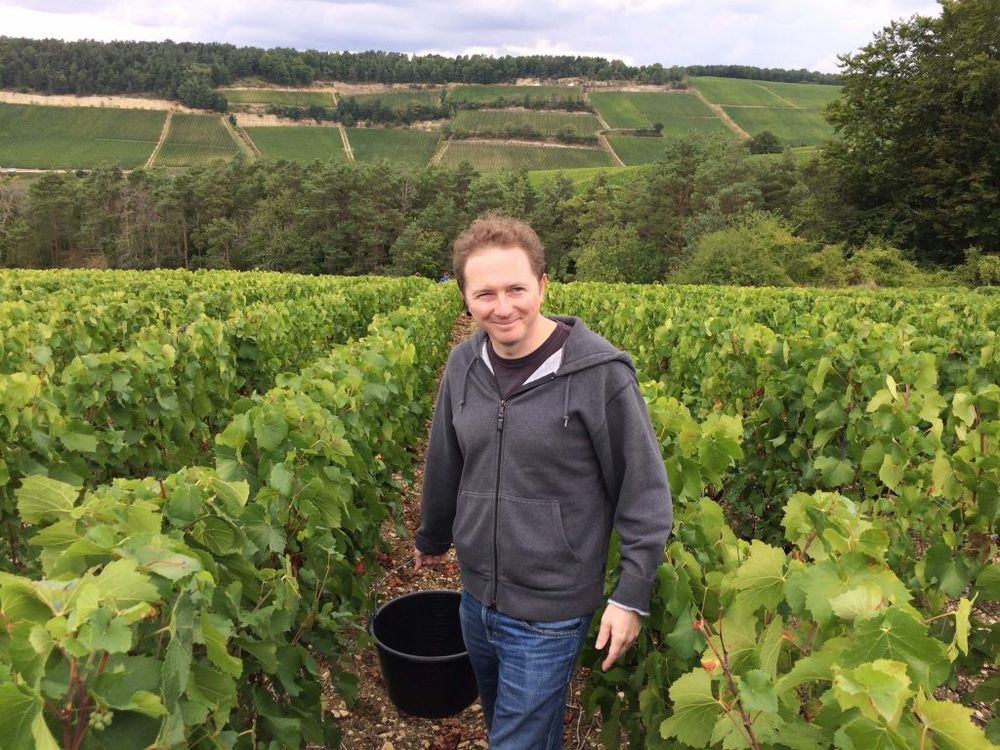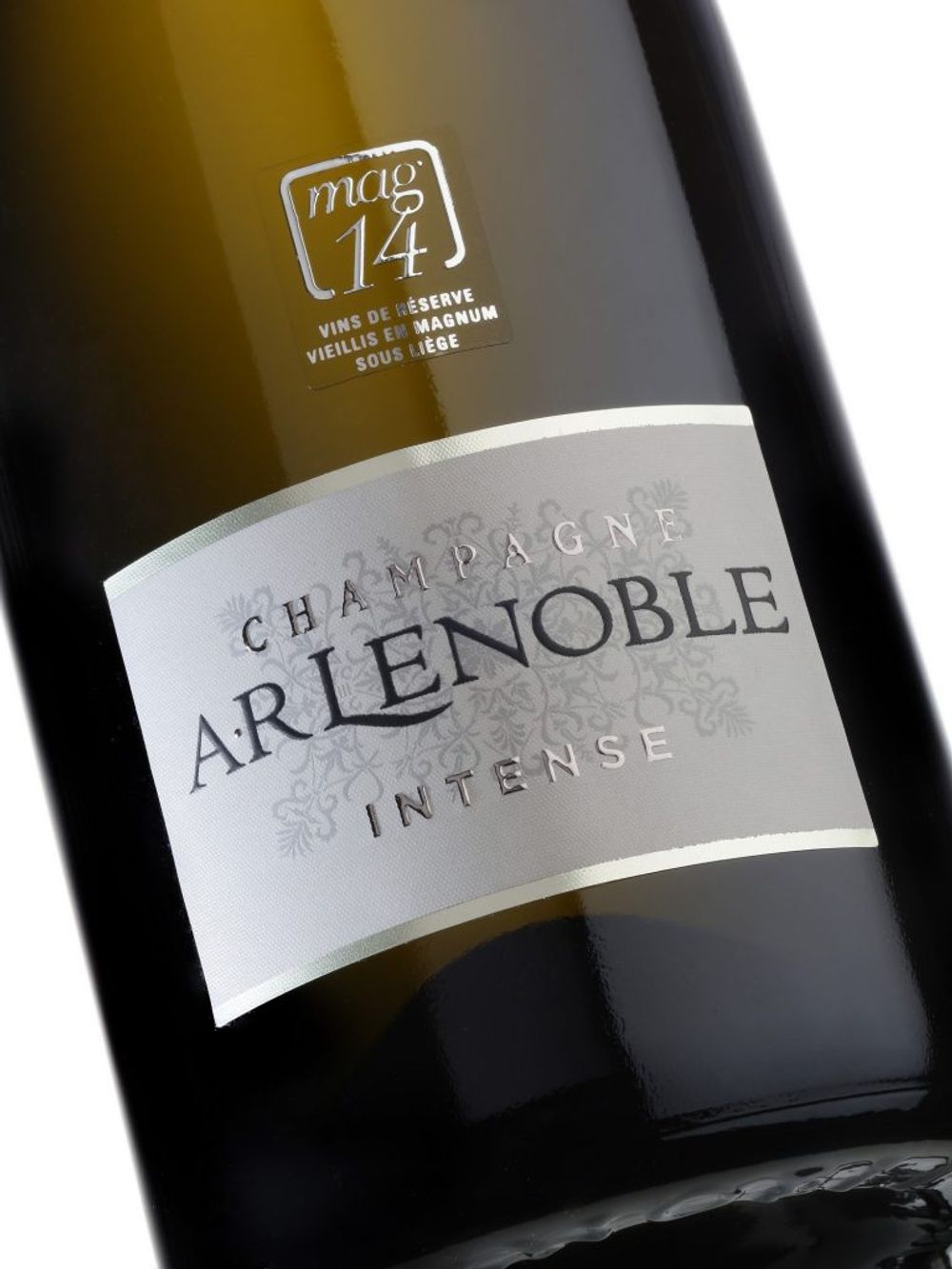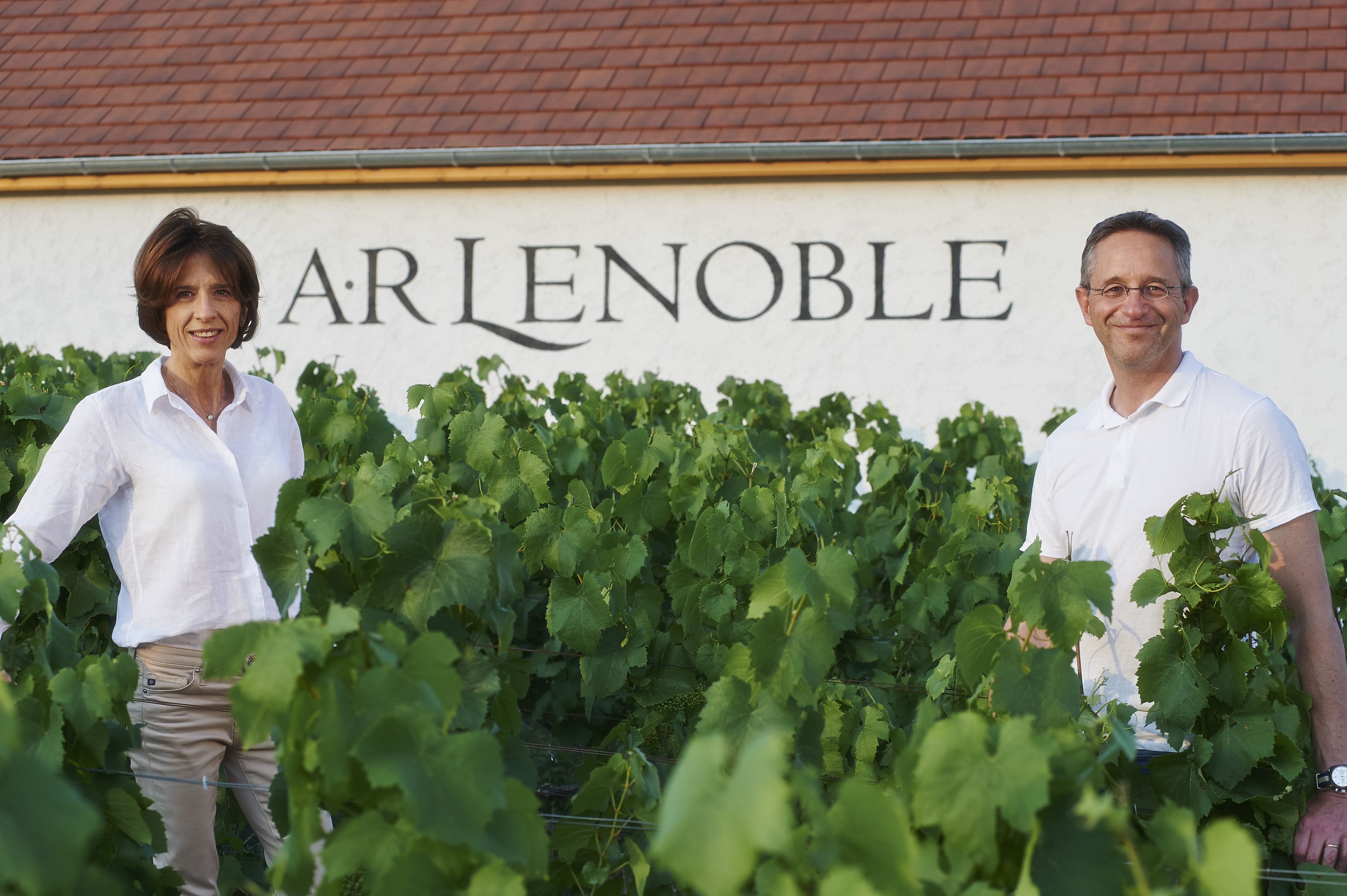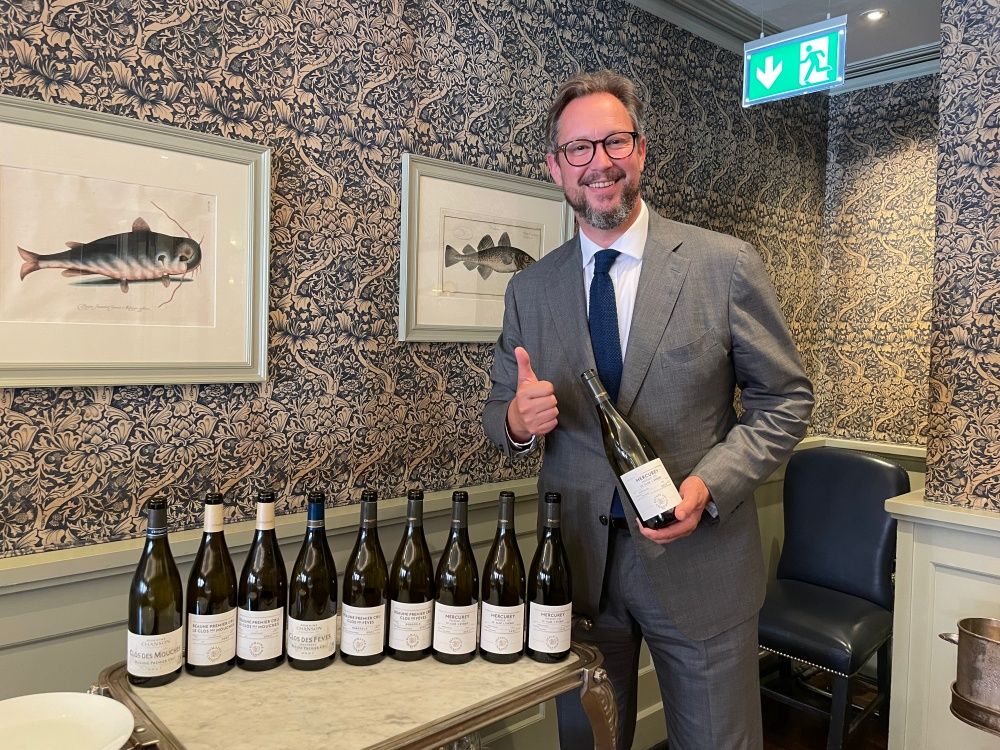Champagne houses are celebrating the fact the 2018 vintage looks like getting the region back on the front foot. But for AR Lenoble it is a double celebration as it looks to bring its new “mag 14” Champagne to the market. Christian Holthausen explains why it could bring benefits to all Champagne houses.
Explain why you are introducing the mag 14? What changes have you made to the production process?
Ten of the 18 hectares that AR Lenoble owns are located in the Grand Cru village of Chouilly, the northern most village on the Côte des Blancs where Chardonnay tends to express itself with more richness and creaminess than the more “mineral” expressions of Chardonnay you find further south in villages like Avize and Mesnil-sur-Oger. When Anne and Antoine (Malassagne) took over from their father in 1993 (Antoine’s first vintage was 1996), they started to look for ways to freshen the base wines from the village of Chouilly.
They were also looking for ways to improve the quality of their reserve wines, starting to work with two different “reserve perpetuelle” blends (one made from multiple years of Chardonnay from Chouilly started in 2001, one made from Chardonnay from Chouilly and Pinot Noir from Bisseuil started in 2002), first keeping them in stainless steel tanks then in 250-litre barrels then in 5000-litre wooden vats. In 2010, they made the decision to start keeping part of each of their “soleras” in magnums under natural cork, a process that continues to this day, year after year. They bottled a portion of each reserve perpetuelle like this and allowed them to age under 1.5 barre of pressure deep in our cellars in Damery.

Christian Holthausen with Anne and Antoine Malassagne who have been in charge of AR Lenoble since they took over from their father in 1993
Then following the 2014 harvest, they blended 60% of the wines of the 2014 base with 40% reserve wines, therefore using these “new” reserve wines for the first time. The bottling of the final wines then took place in May 2015. The first two of these wines – Intense “mag 14” and Grand Cru Blanc de Blancs Chouilly “mag 14” were just disgorged a few weeks ago. Brut Nature “mag 14” will be released in 2019. Rosé Terroirs Chouilly-Bisseuil “mag 14” will be released in 2020.
The “mag” is a reminder that the reserve wines are now aged in magnums under natural cork and staple. The “14” is a reminder that 60% of the base wines are from 2014. Next year we’ll release Intense “mag 15” then Intense “mag 16” the following year, etc.
We soon started to realise that what started as a way to make the Chardonnay from Chouilly “fresher” was actually much more important since we needed to keep all of our reserve wines fresher. Climate change is real and we see acidity levels going down and pH levels going up, year after year, in the base wines. The six earliest harvests in the history of the Champagne appellation have taken place in the 21st century. 2017 was early and of mediocre quality, 2018 was very early and of excellent quality. But acidity levels were lower in the base wines. We have to keep thinking about the future.
Champagne houses need to stop talking about “house style” and making “the same wine” every year. The goal should be to make better wines year after year!
Do you see yourselves having to make more changes due to climate change. If so what?
The main concern for decades was to obtain a sufficient degree of sugar. On the other hand, in the last 30 years, the maturities have been there thanks to a rise in temperatures. To date, we can admit that the rise in temperatures has only been favourable to the quality of our wines of Champagne.
The producers of Champagne must continue to question and challenge ourselves as Champagne must modify its viticultural practices. Viticulture, just like climate change, involves a long-term vision. The appellation system that protects our region must never be a hindrance. Growers, oenologists, and technicians alike need to be able to evolve, to experiment, to express themselves.
What part of the market do you think will be interested in the mag 14? Is this going to be more of a hand sell Champagne?
The response to the wines has been universally positive, from press, trade and consumers. Yes, the process is a complex and expensive one, but it gives us a chance to educate people about the complexities involved in making the wines from Champagne.

Christian Holthausen says Champagne has to respond to the challenges of climate change
How about the overall AR Lenoble business?
As one of the last 100% family-owned, 100% independent houses in Champagne, AR Lenoble works hard to privilege the fruit from our own 18 hectares of vineyards, all of which have been certified “Haute Valeur Environnementale” sustainable since 2012. The entire team at AR Lenoble is 11 people including Anne, Antoine and myself as well as the team in the cellars and the team in the vineyards. We all wear many hats in the effort to make the best wines possible – and to deliver those wines to the public at a price that enables people to drink champagne on a more regular basis.
Every single cent we earn is reinvested back into the business to enable us to make better and better wines. We are most proud to say that we are completely independent. There is not a single outside investor or shareholder involved in the business. That gives us complete control of quality but also complete stability in all of our commercial affairs. We work hard – but people appreciate that we understand the concept of value.
The UK continues to be our most important export market where we’ve shown growth vs year ahead for the last three years. In spite of the uncertainties looming next year, the UK seems to be embracing champagne producers like AR Lenoble more and more: family-owned, independent, small in size, forward-thinking, and focussed on human rights and sustainable viticulture.
Our second most important export market is Japan where AR Lenoble continues to flourish followed by the United States. Our fastest growest market in Europe is Sweden.

Do you feel lucky? The mag 14
What are your biggest opportunities?
We’re very keen to expand our distribution in Australia, a very fast-growing market for Champagne in terms of both value and volume at the moment. The market landscape in Australia has changed dramatically over the past five years.
What are the biggest challenges facing the business?
The biggest challenges will always be posed by those producers and distributors who choose to chase volume by destroying value. Fortunately we’re seeing less and less of the “deep discounting” that has affected the modern Champagne category for many years. AR Lenoble has never had any interest in playing this game. It’s bad for the region, it’s bad for producers, it’s bad for retailers – and most importantly, it’s bad for the end-consumer.
It is important to remember that a forward-thinking project like “mag 14” represents nearly a decade of continuous investment in both human and financial resources, as well as a great deal of planning and patience. There has to be a minimum price tag attached to that level of investment. That said, we know that our pricing is very fair compared to much of the market.










































